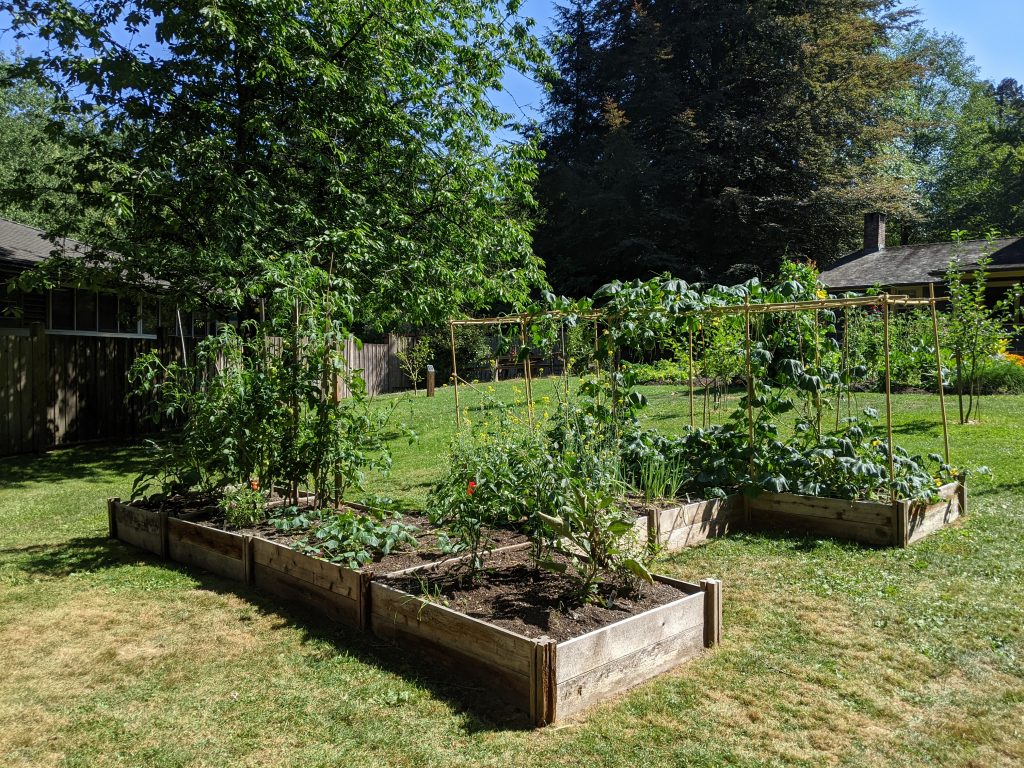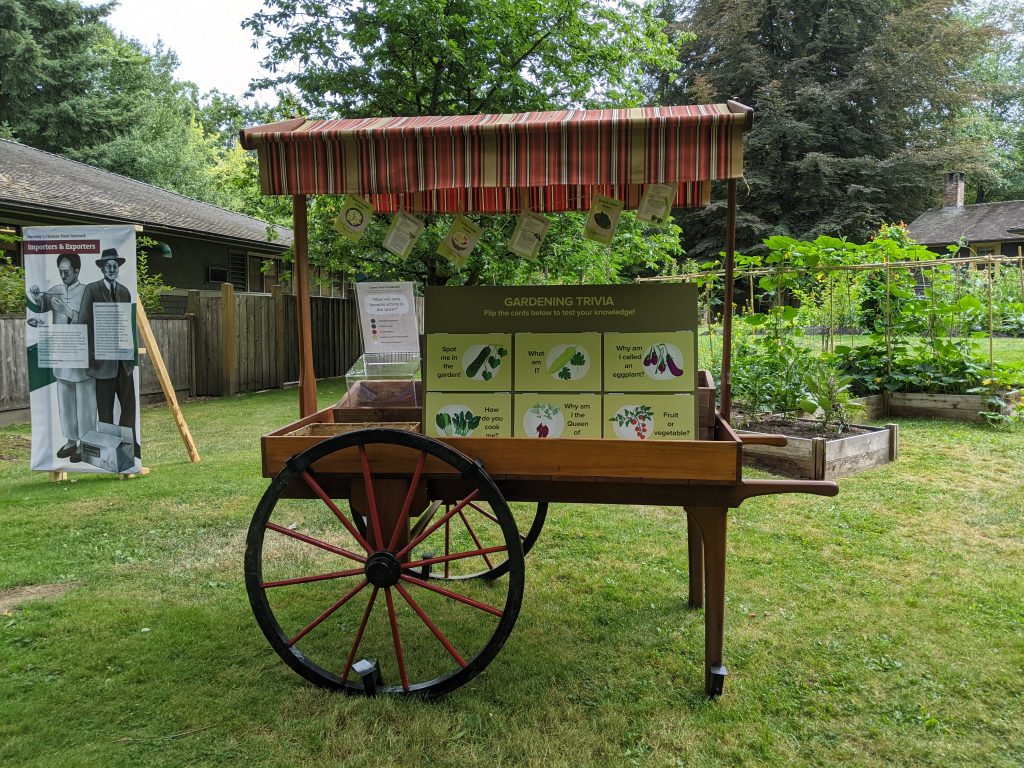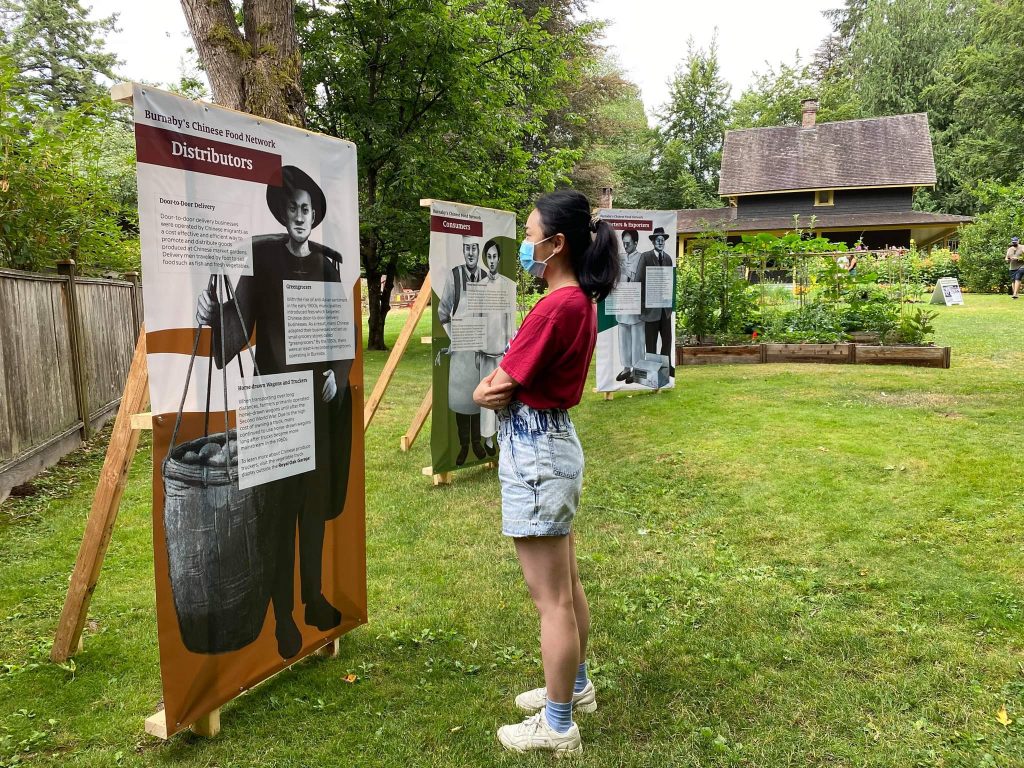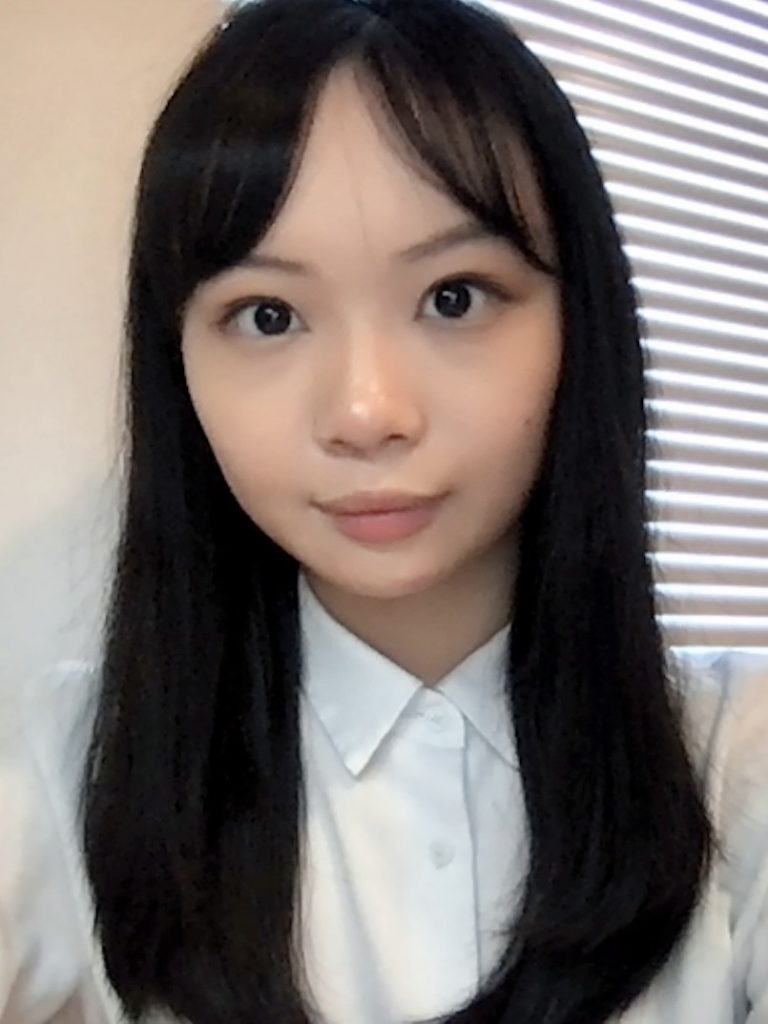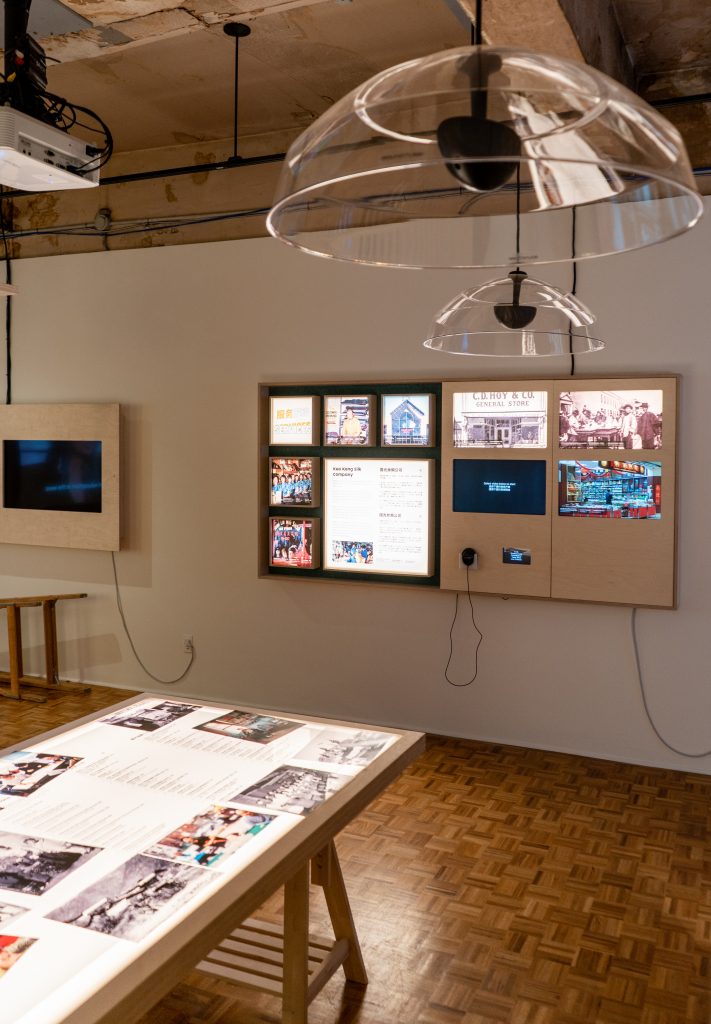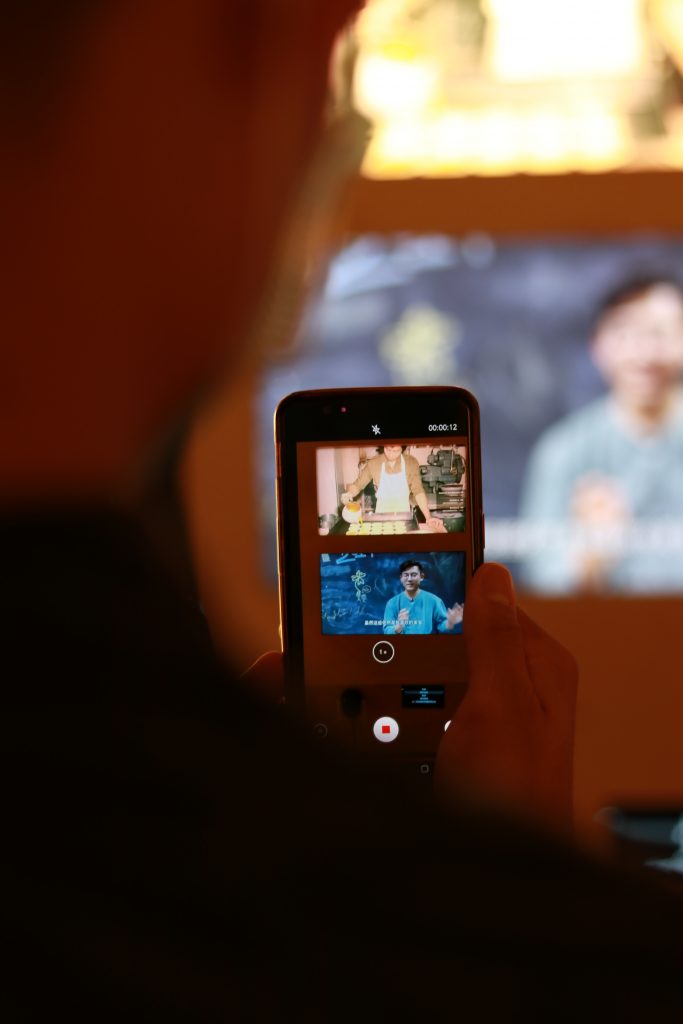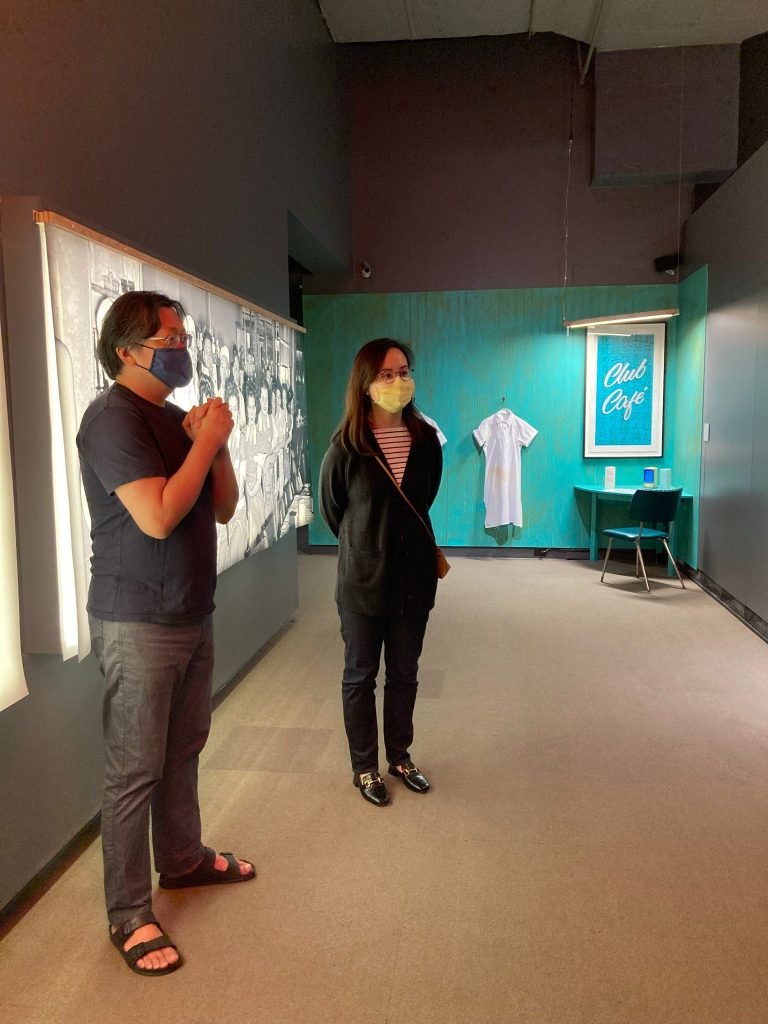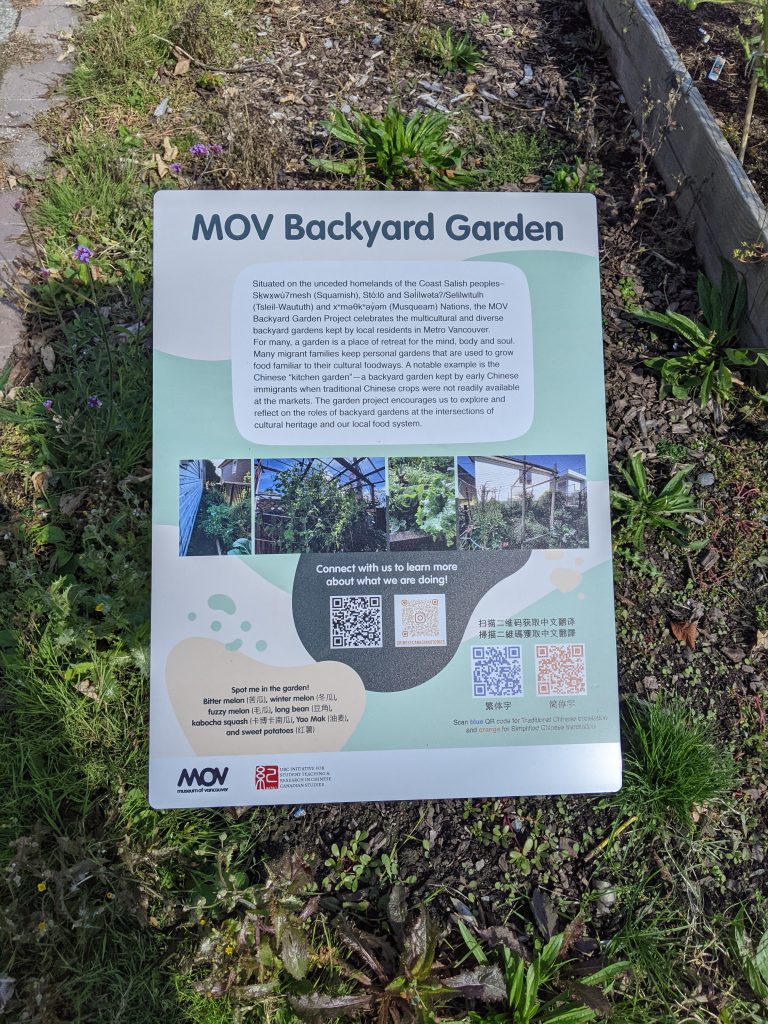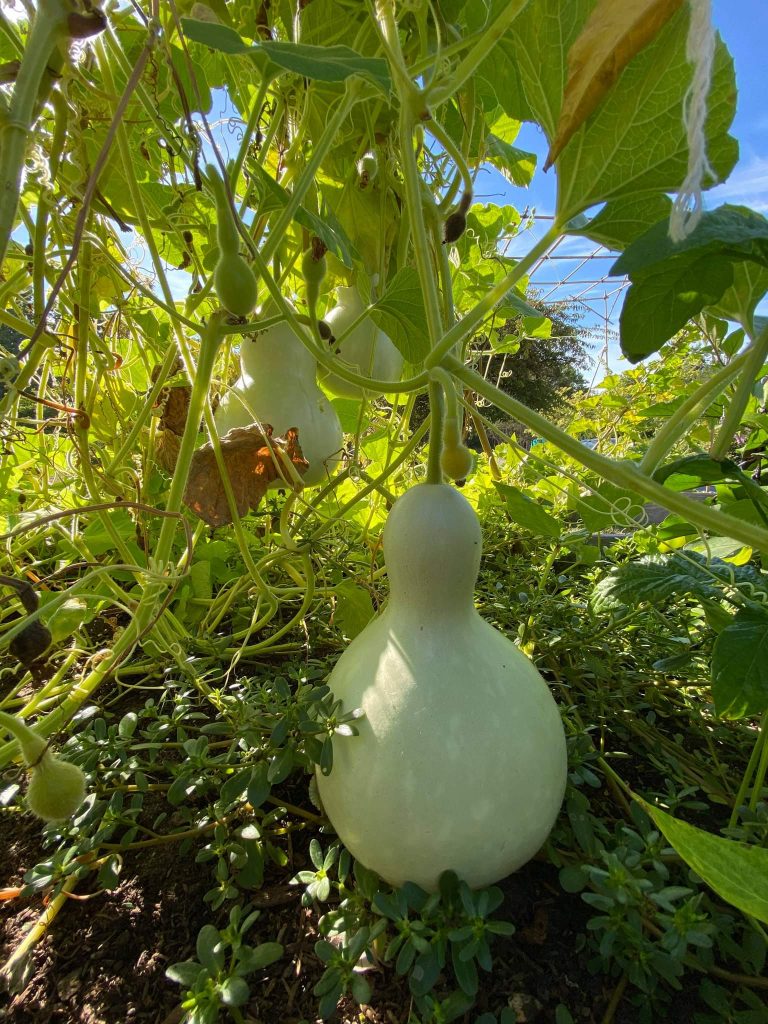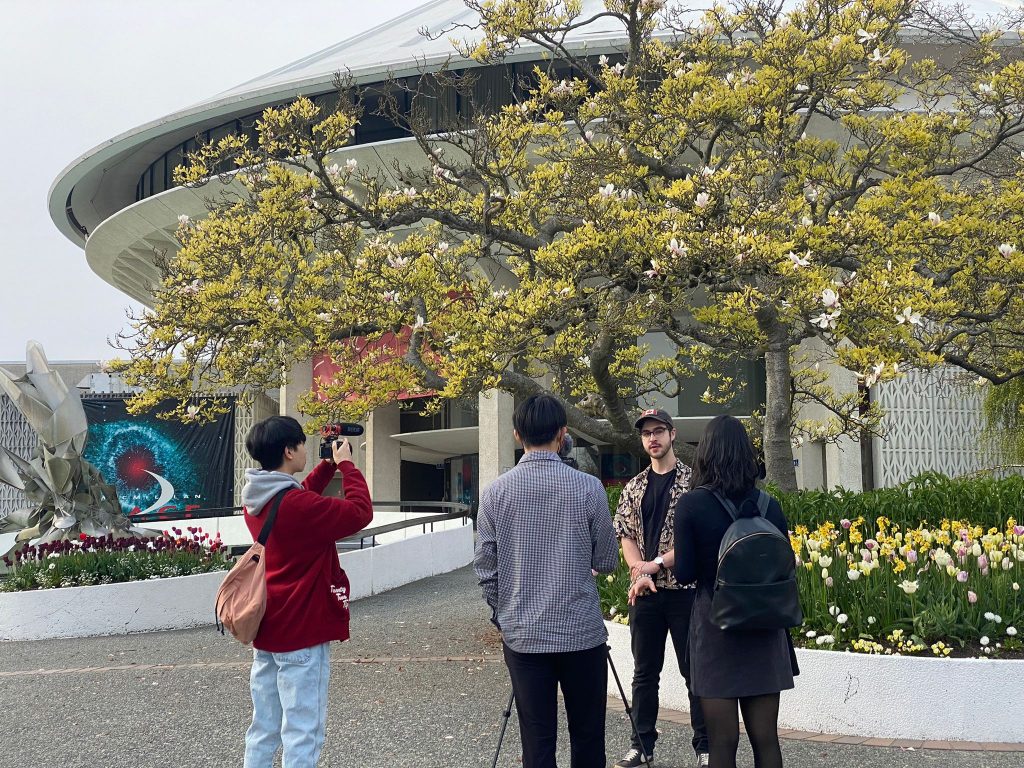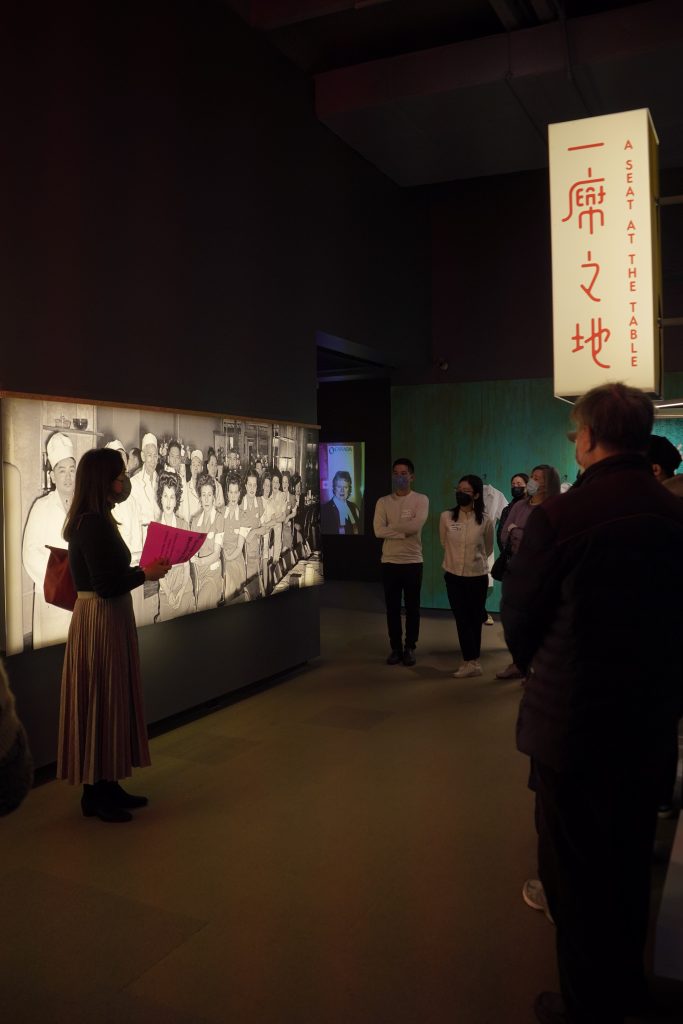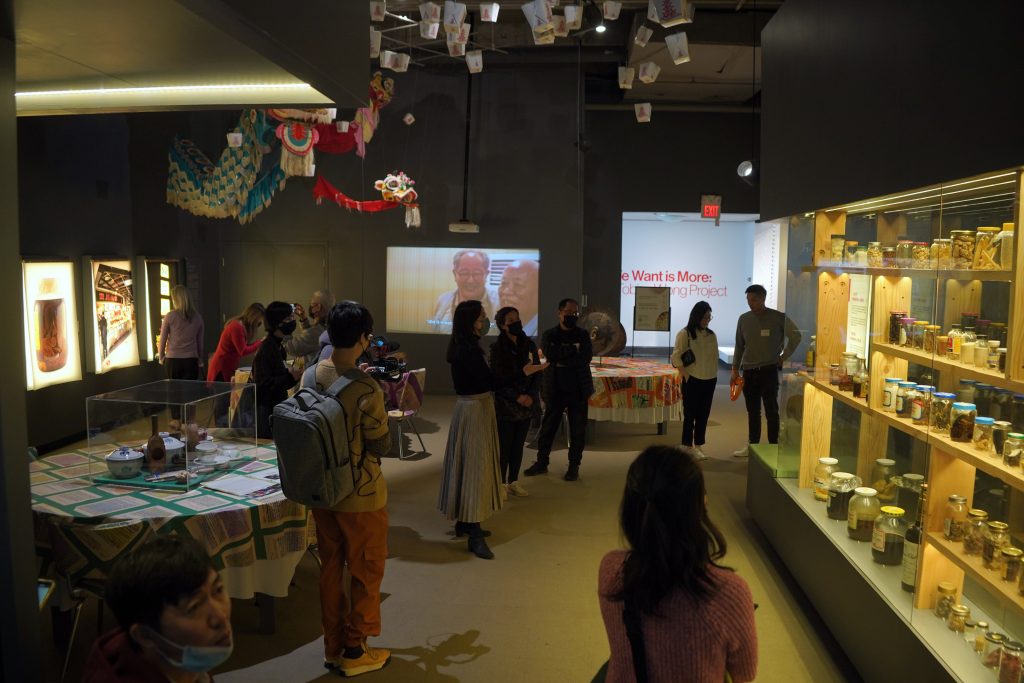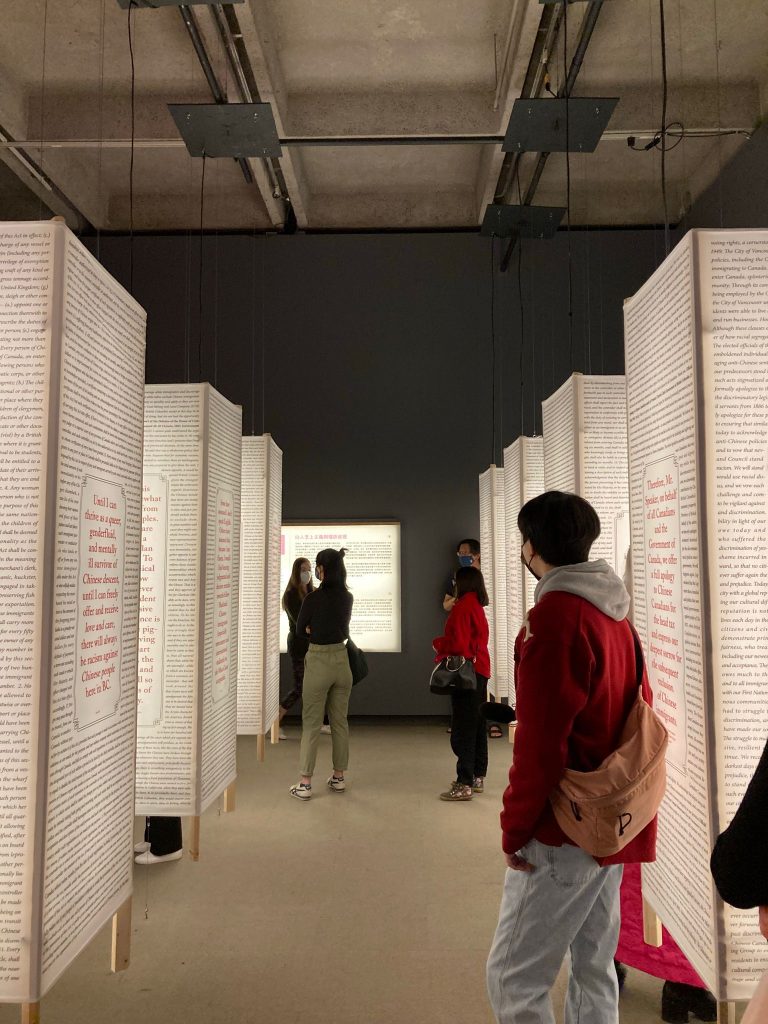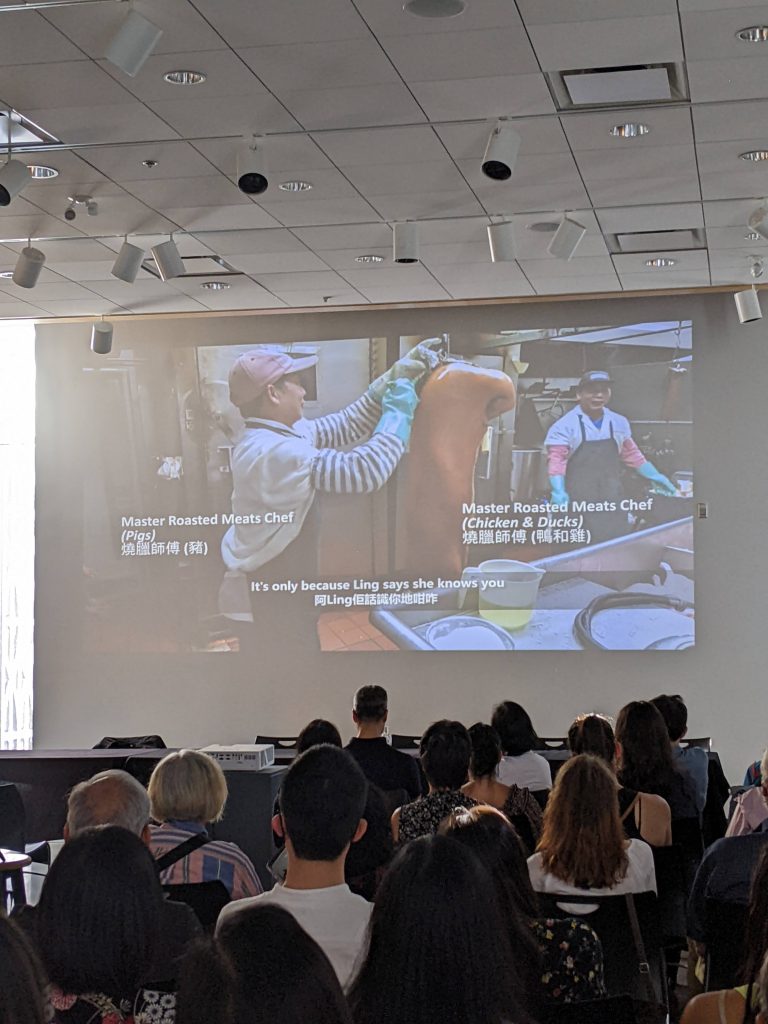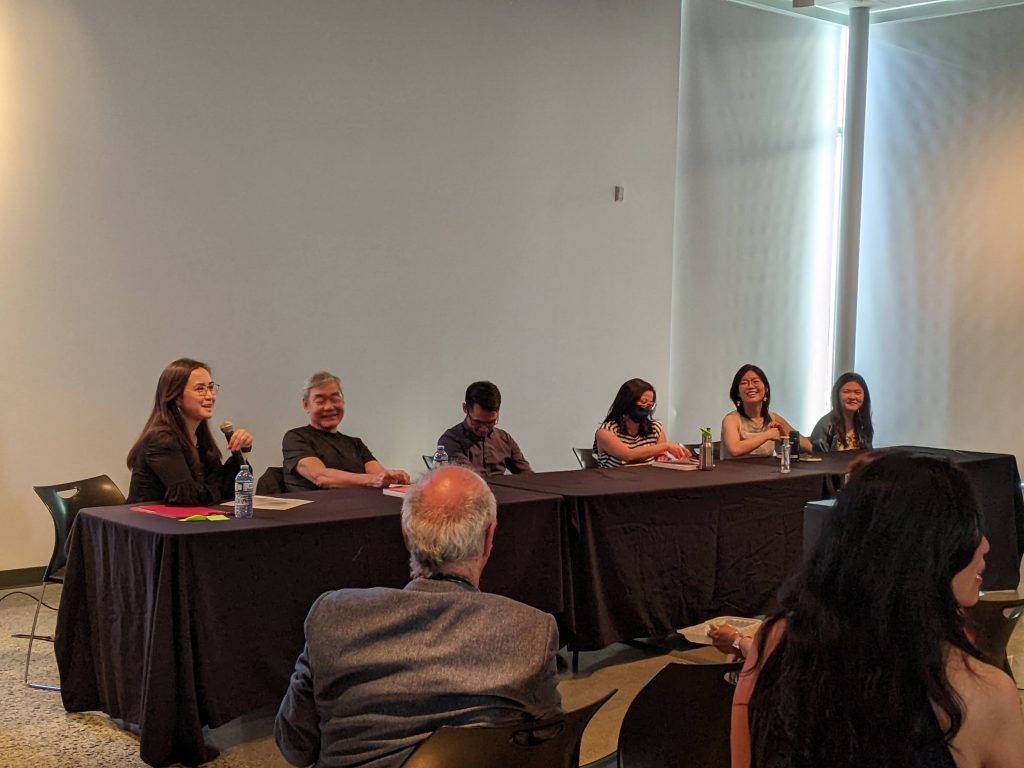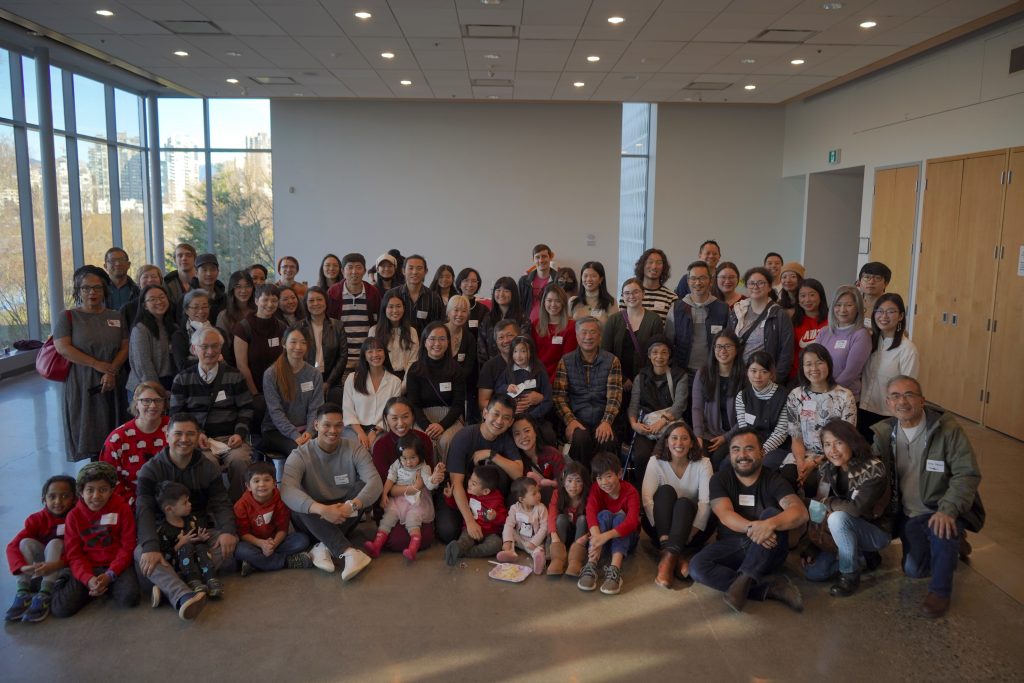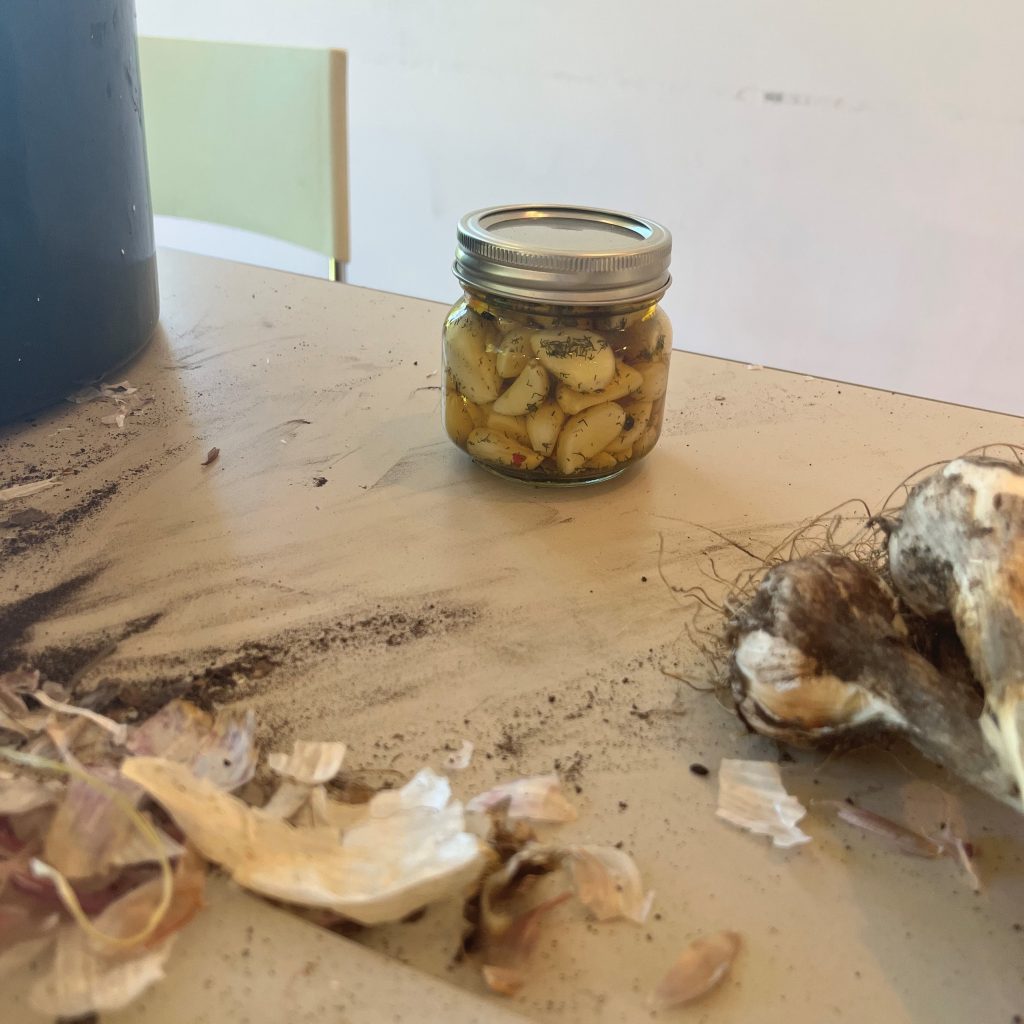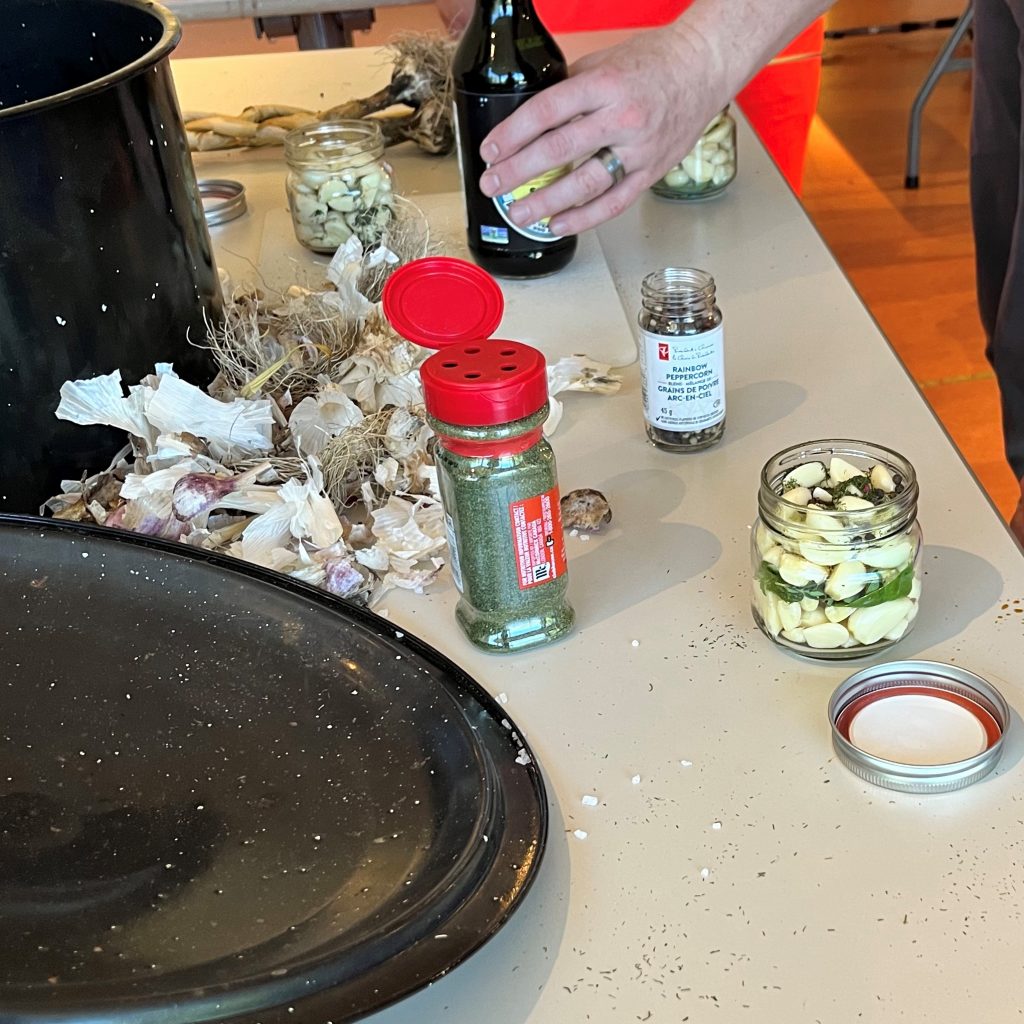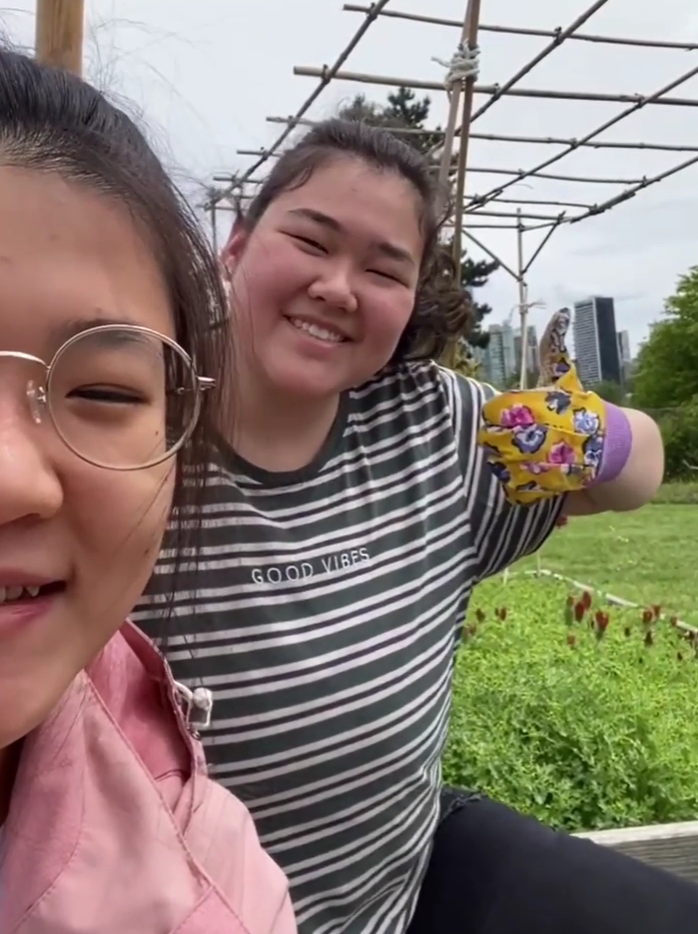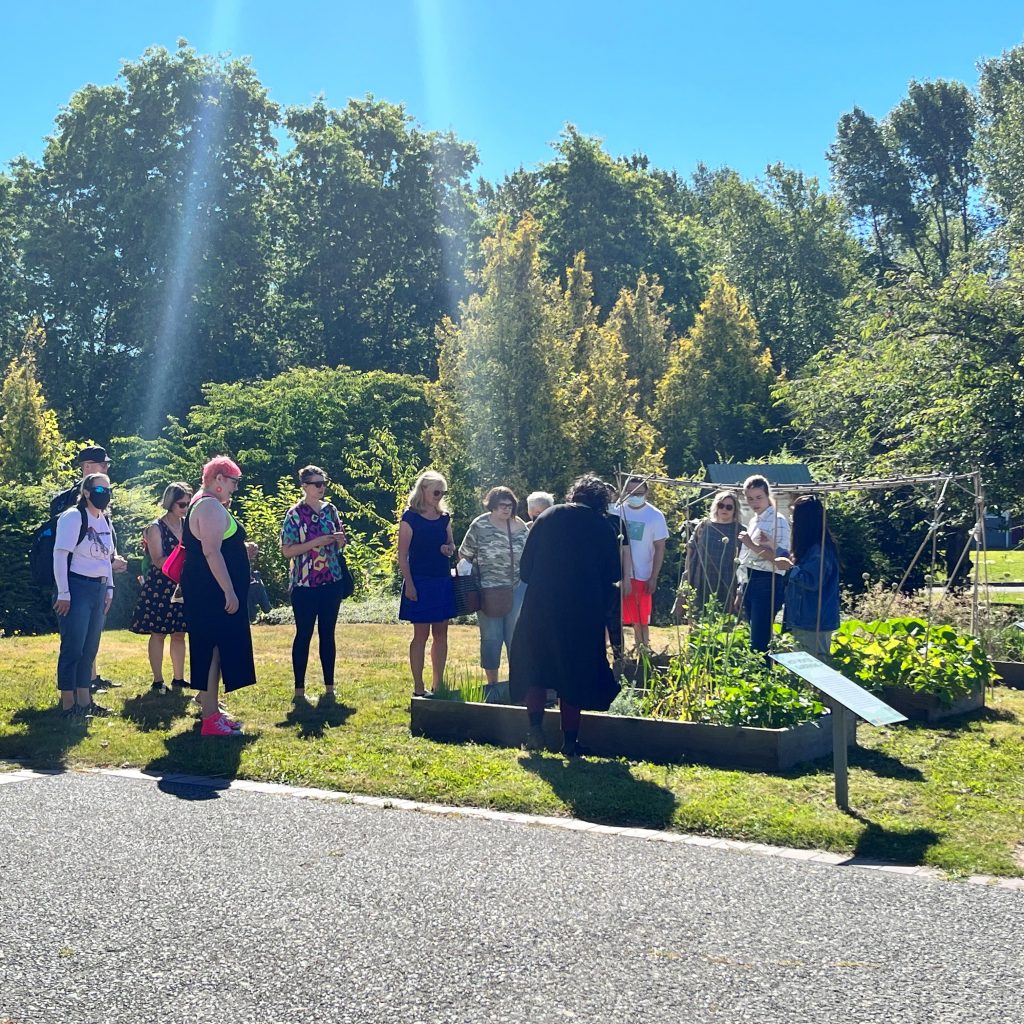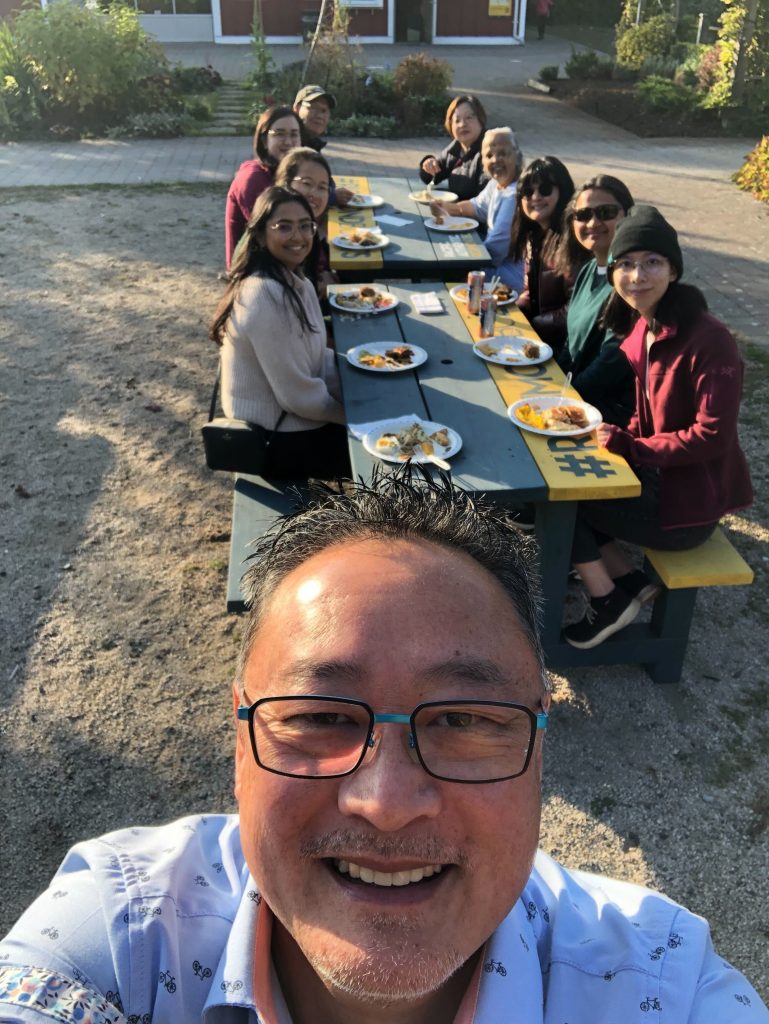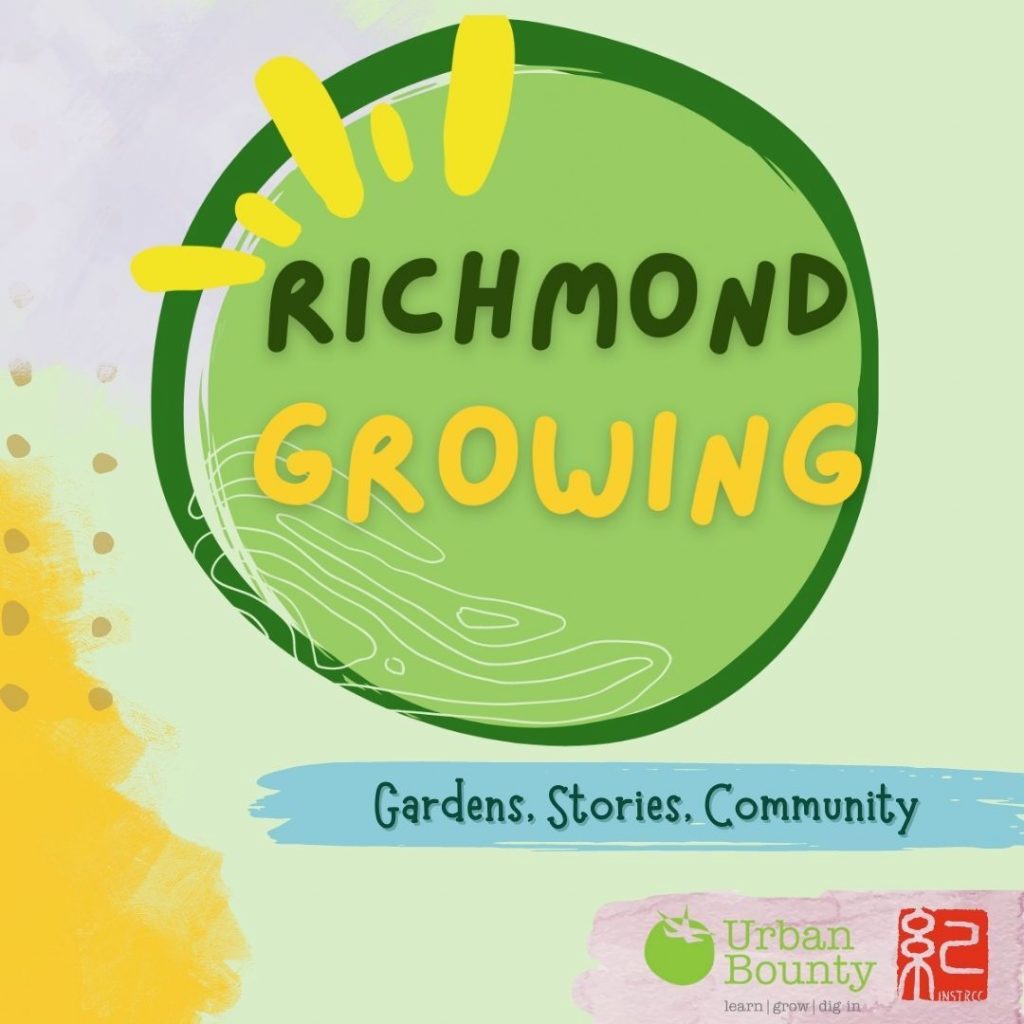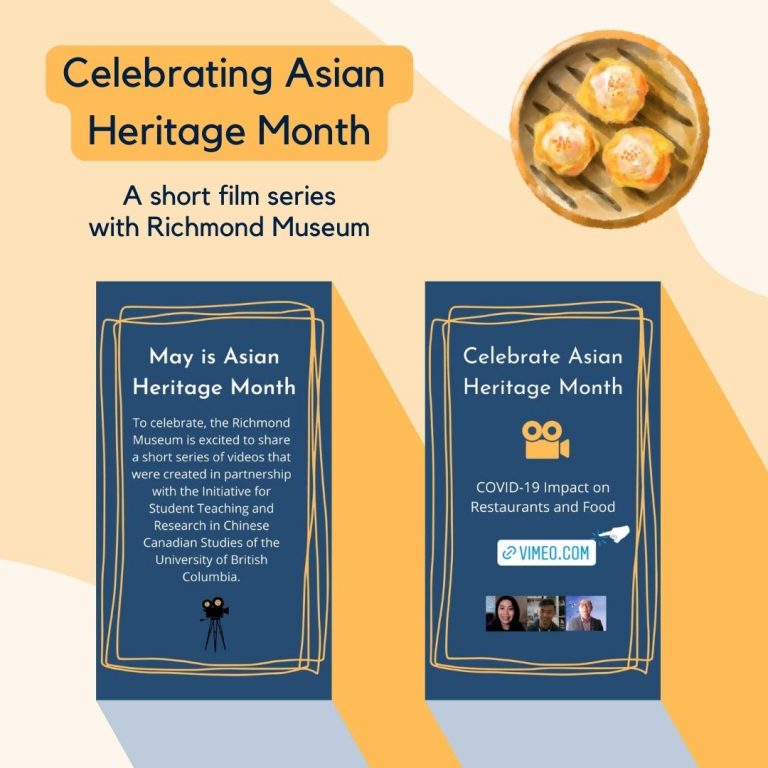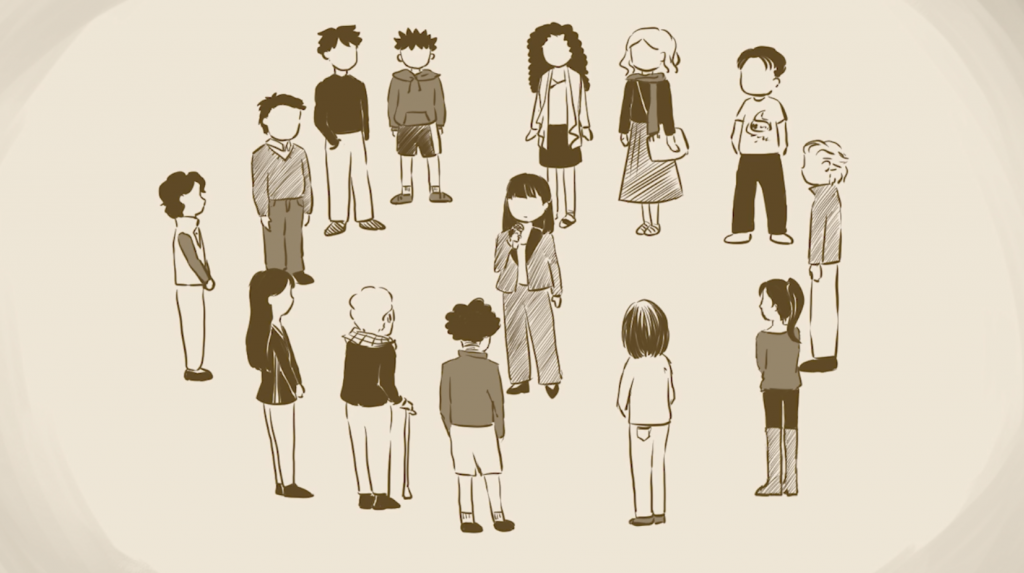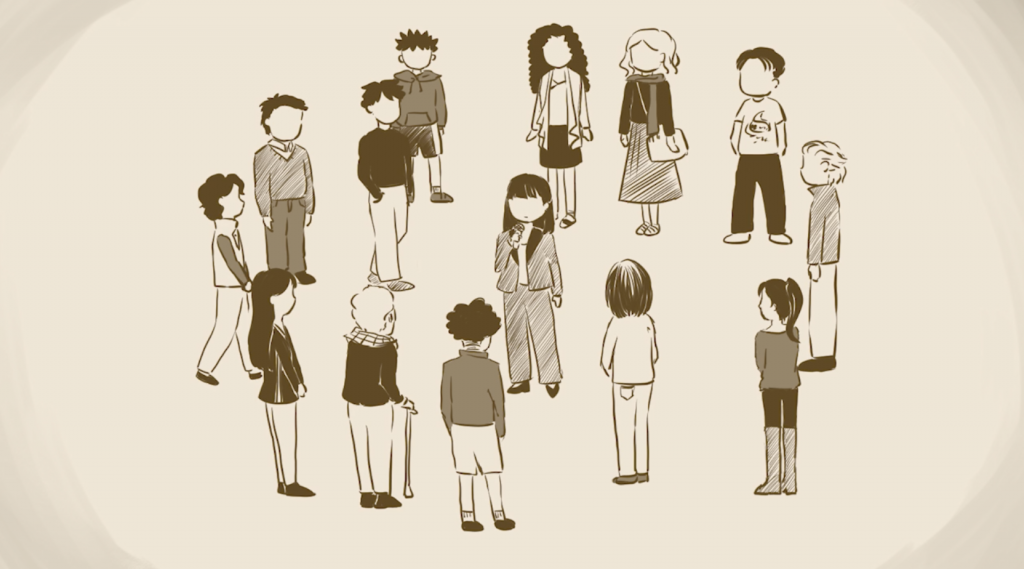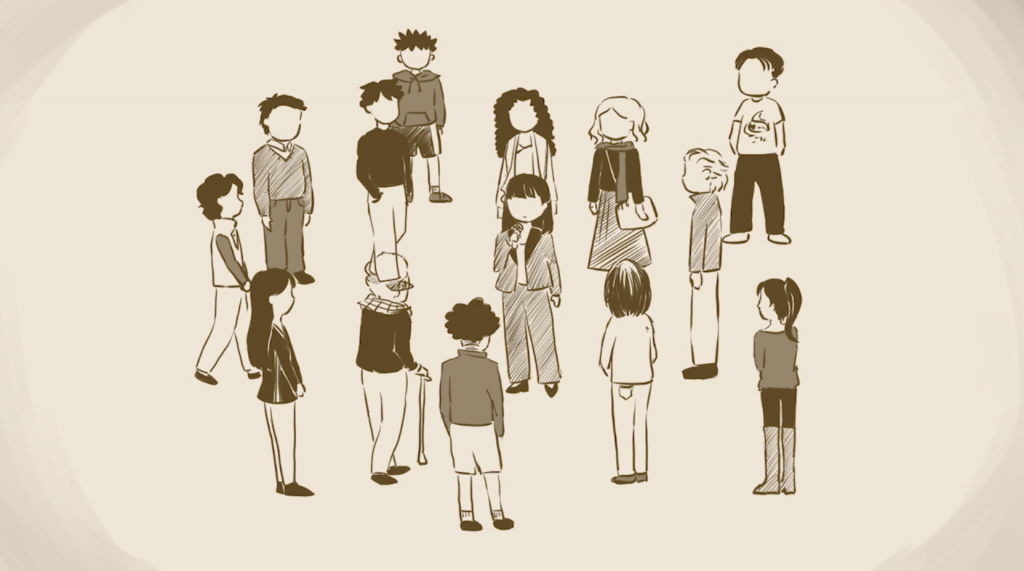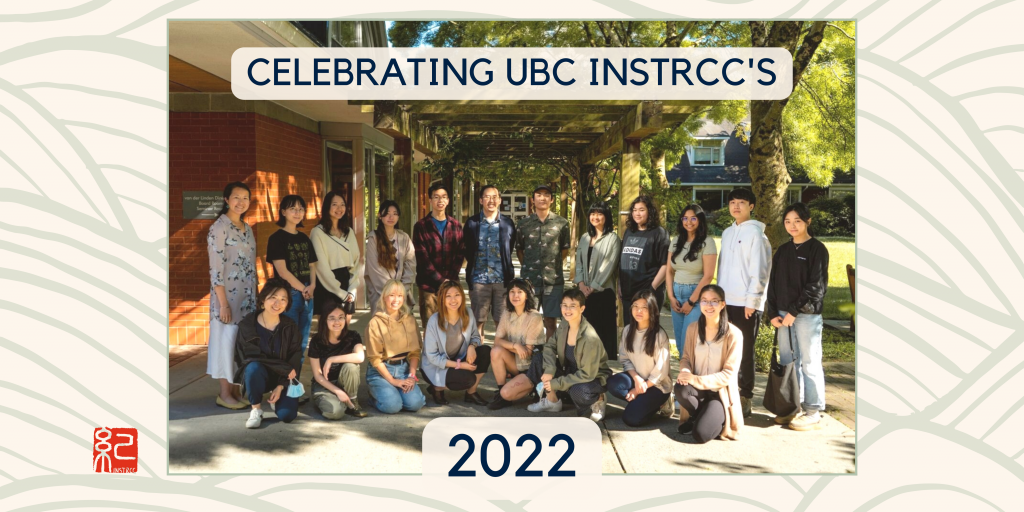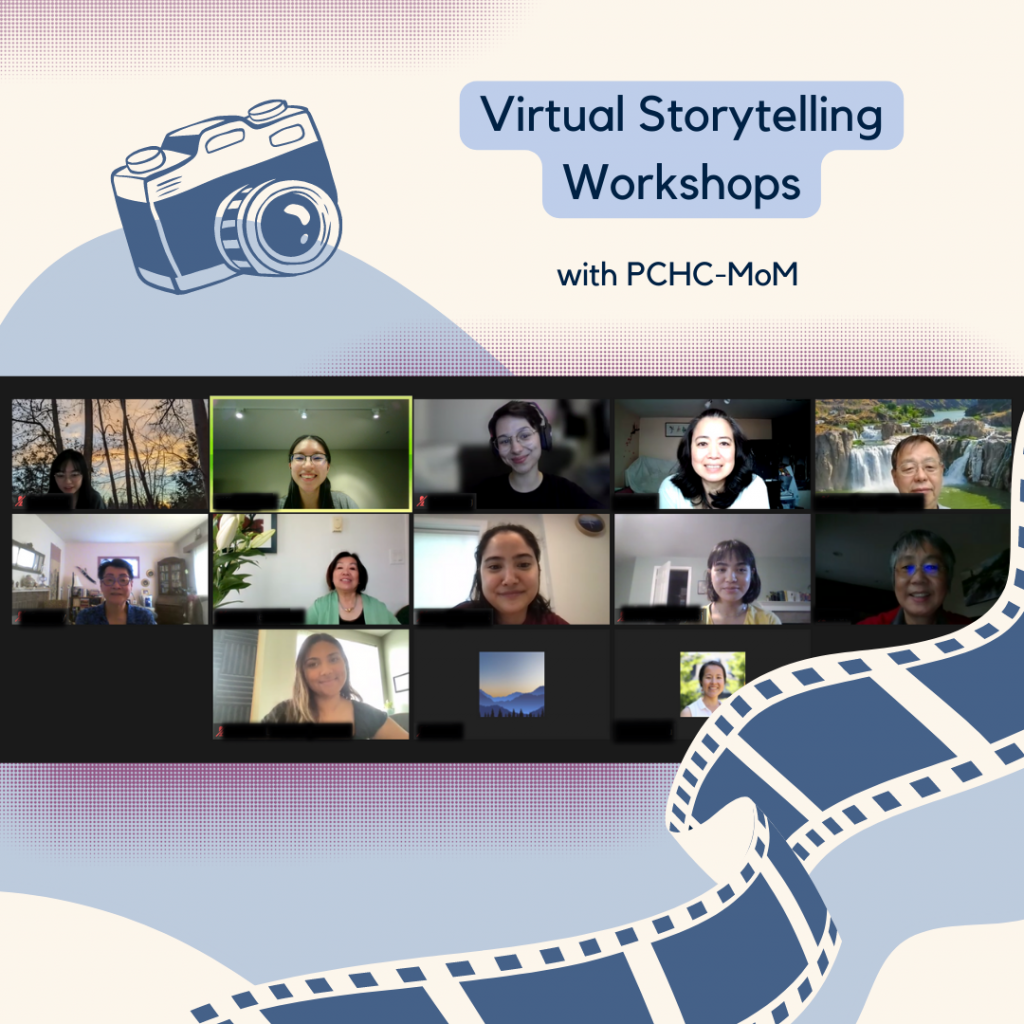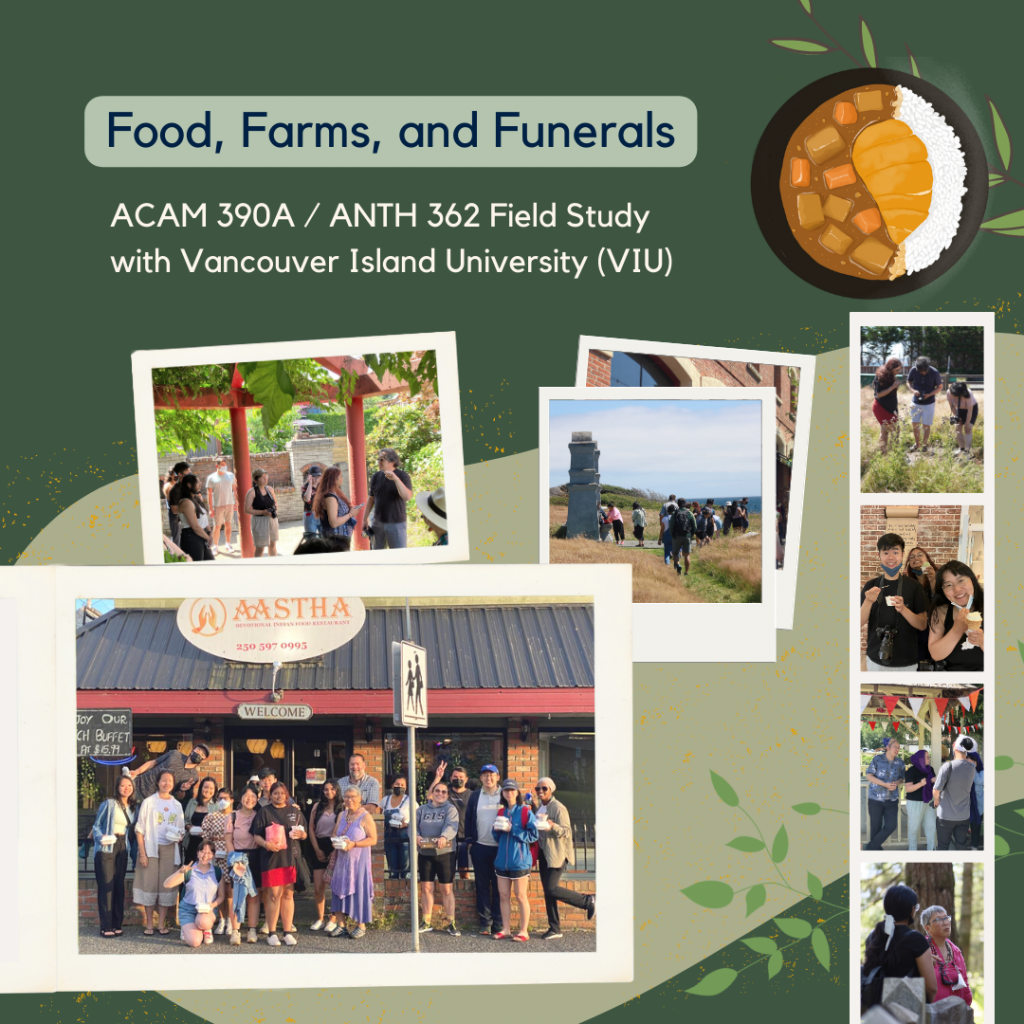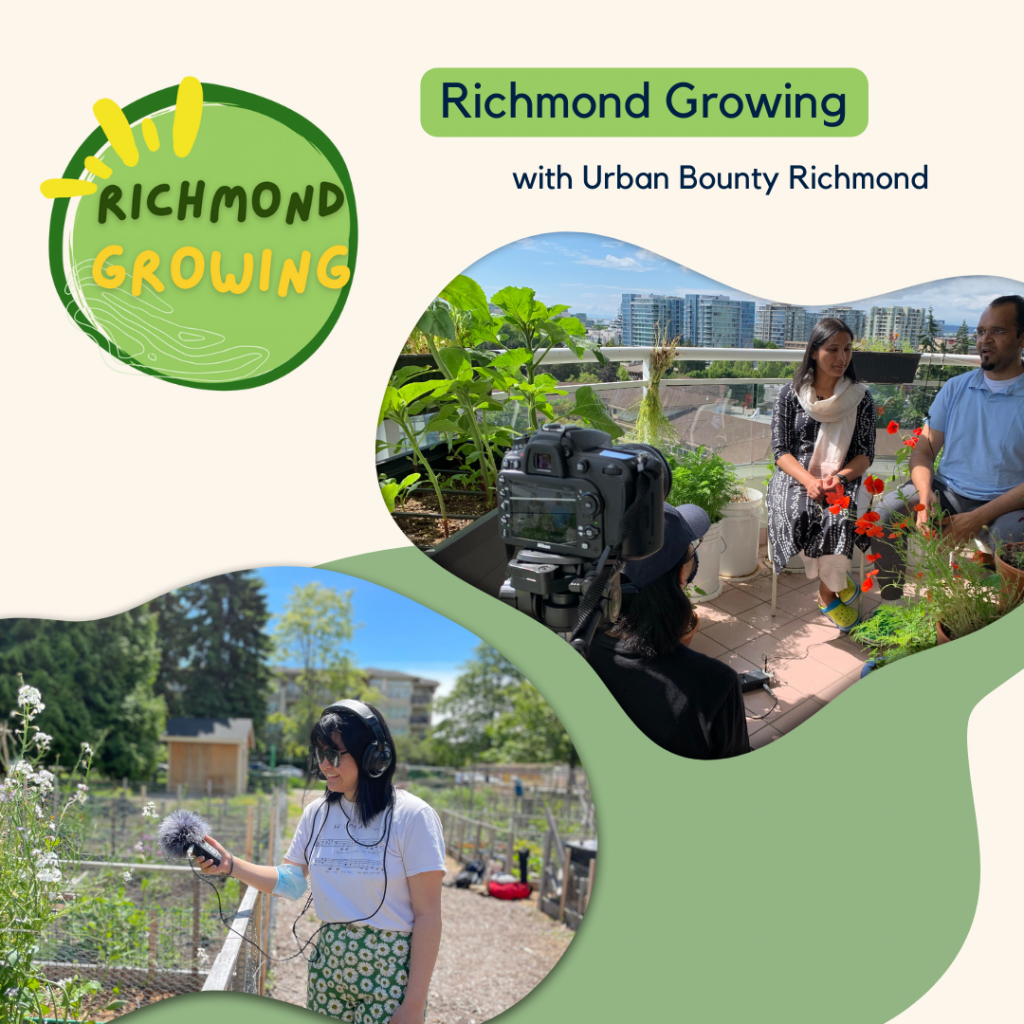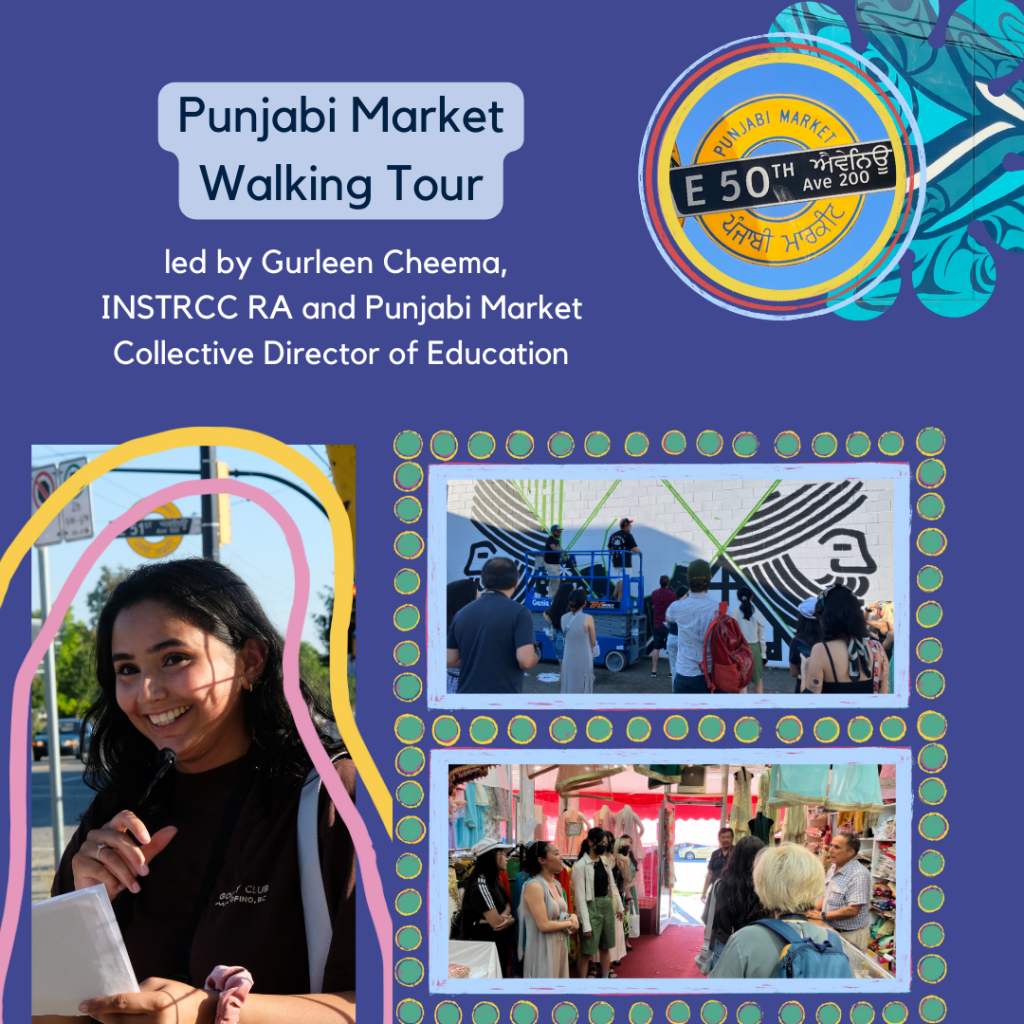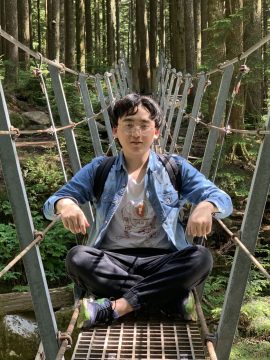
Burnaby, BC – Since 2018, students from the Initiative for Student Teaching and Research in Chinese Canadian Studies (INSTRCC) at UBC have been working with the Burnaby Village Museum (BVM) to develop projects that highlight Chinese Canadian history in Burnaby. Through the collaboration, the students have interned with the museum and created materials that explore and contextualize Asian Canadian and Chinese Canadian stories and experiences in Burnaby.
The students’ projects have spanned a wide range of mediums and approaches to museum programming. They include the creation of a smell station designed to engage visitors in the Chinese Herbalist Shop, a visitor survey aimed at improving site design and immersion, an interpretive exhibit that explored the history of Chinese Canadian farmers and their contributions to BC’s food system, as well as an additional interactive pop-up space where visitors could share their personal stories of food, migration and gardening.
Projects continued during the pandemic and were focused on building BVM’s digital repository. Rose Wu, currently a Masters student at UBC’s School of Community and Regional Planning, was a UBC INSTRCC student researcher who worked with BVM in 2020 and 2021. “Working with the BVM was a transformative experience. The flexibility and support of the BVM team encouraged us to embrace our creativity, pursue our passions, and have fun on the job.”
“Having INSTRCC students at Burnaby Village Museum has brought new and creative ideas to our institution. The students bring with them such a rich multi-disciplinary approach and we’ve learned a lot from them and hope they’ve learned from us as well,” said Jane Lemke, curator, BVM.
“These projects have been a significant part of the historical redress undertaken by the City of Burnaby and BVM to recognize both the history of the Chinese Canadian communities of Burnaby and the racism and exclusion they faced and struggled to overcome, said Dr. Henry Yu, Director, INSTRCC, UBC.
Ky Kim and Wei Yan Yeong, student researchers from the 2022-2023 team, created a retrospective video looking back on the last five years and the impact the collaboration between UBC and BVM has had on students, alumni, UBC staff/faculty and museum staff.
Learn More:
Initiative for Student Teaching and Research in Chinese Canadian Studies (INSTRCC) at UBC
Full-length retrospective video
Media Contacts:
Dr. Henry Yu
Professor; Director, INSTRCC
henry.yu@ubc.ca
University of British Columbia
Jenny Lu
Coordinator and Team Manager, INSTRCC
jennifer.lu@ubc.ca
University of British Columbia
Jane Lemke
Curator
jane.lemke@burnaby.ca
Burnaby Village Museum
 Faculty of Art
Faculty of Art